We show that kea use probabilities to predict sampling events, and can integrate social & physical information into their predictions.
Full paper: nature.com/articles/s4146…
{thread}
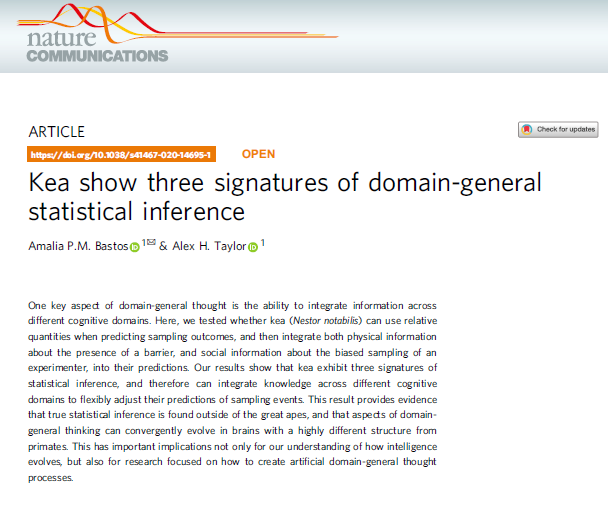
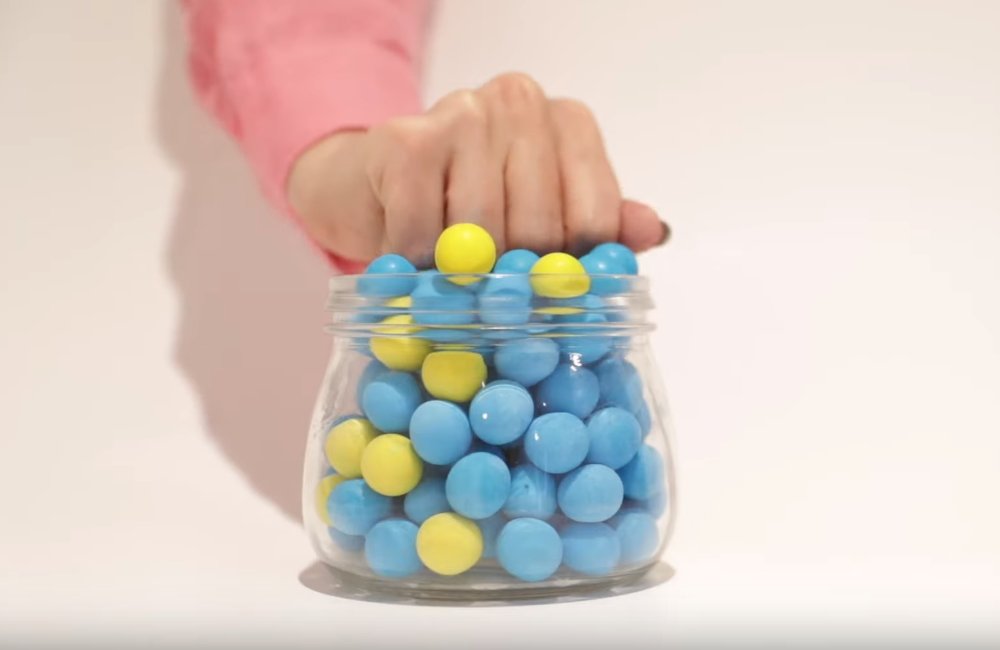
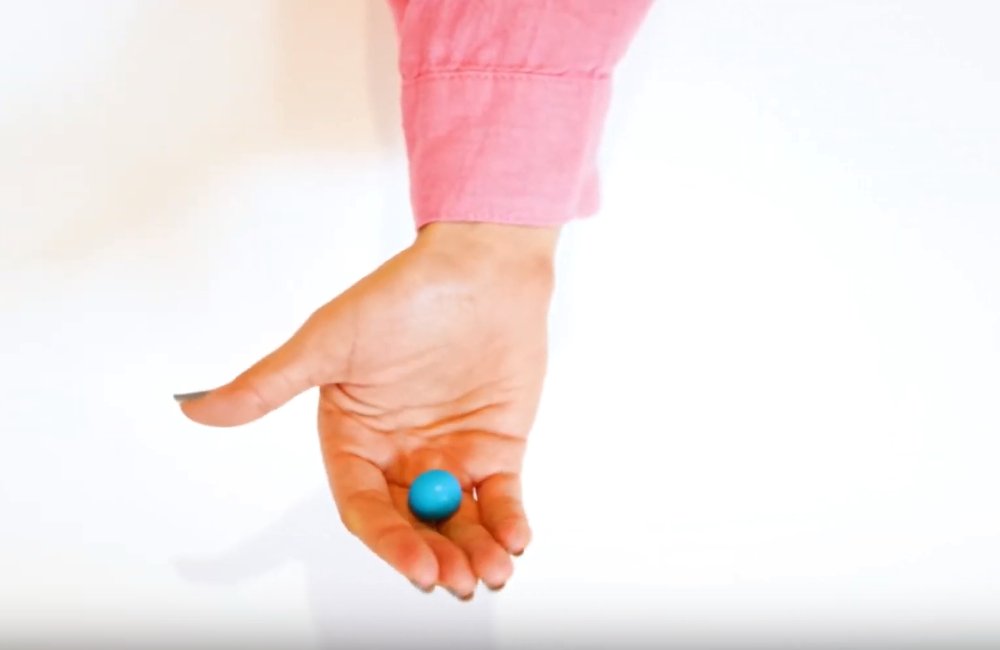
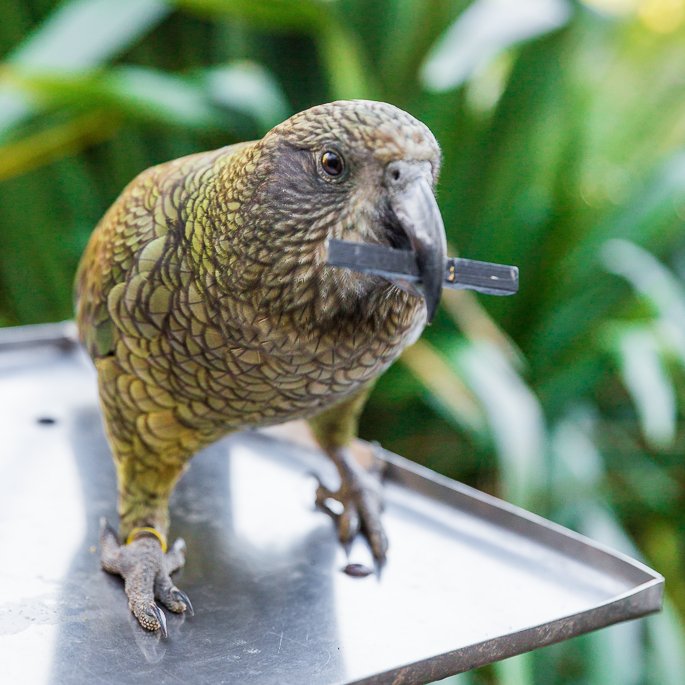
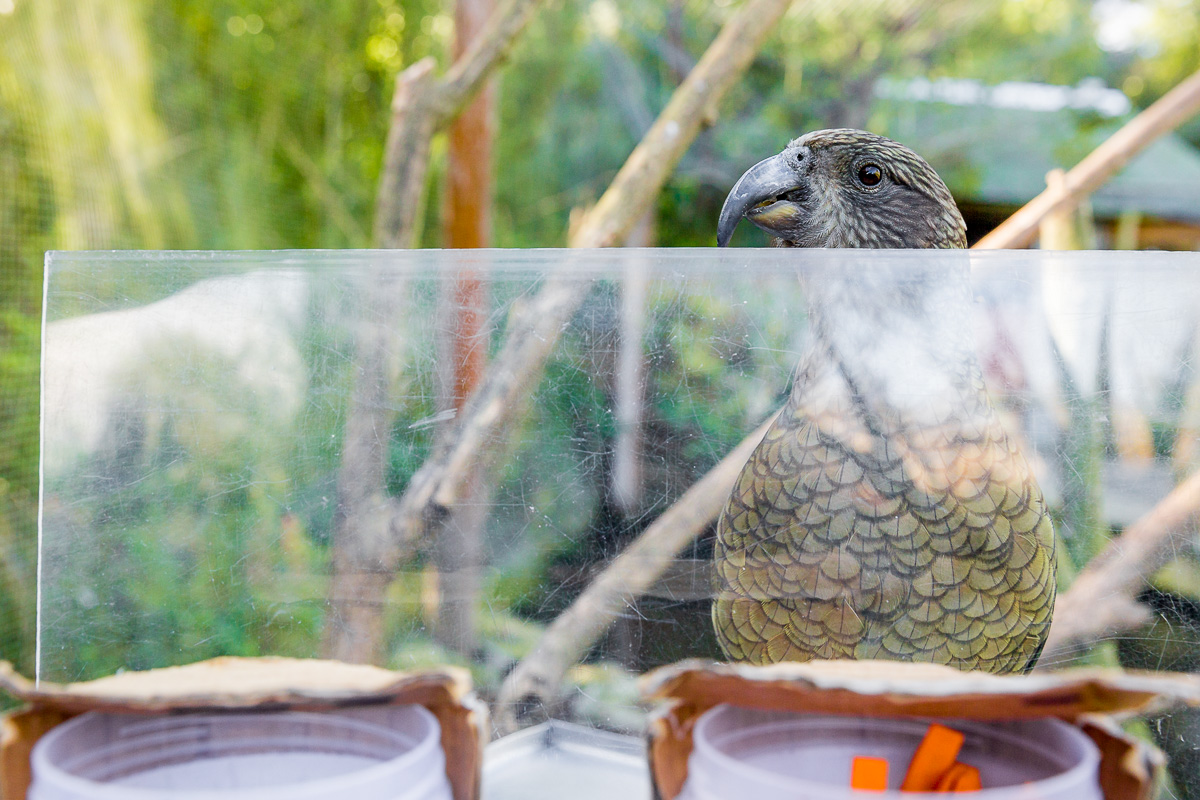

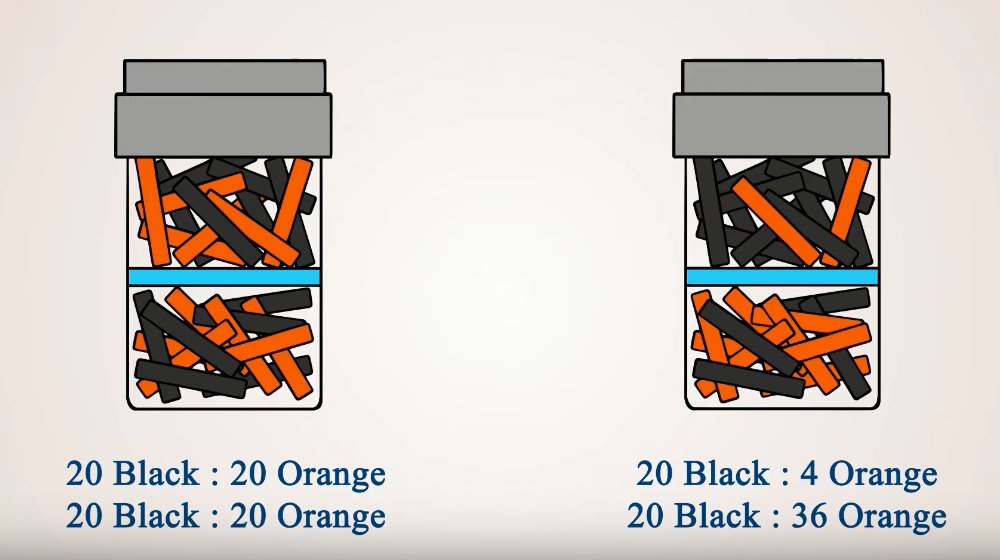
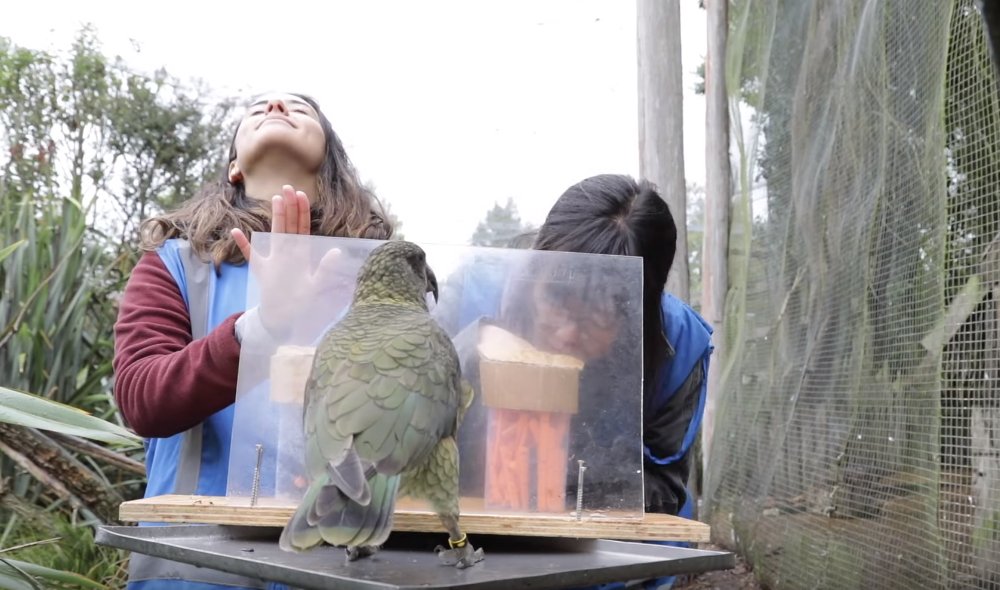
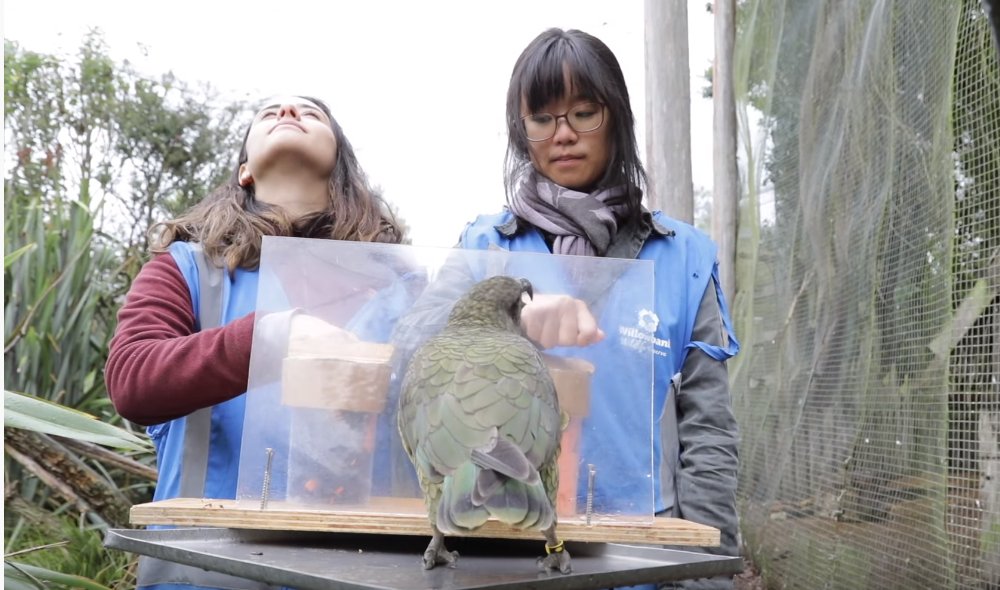
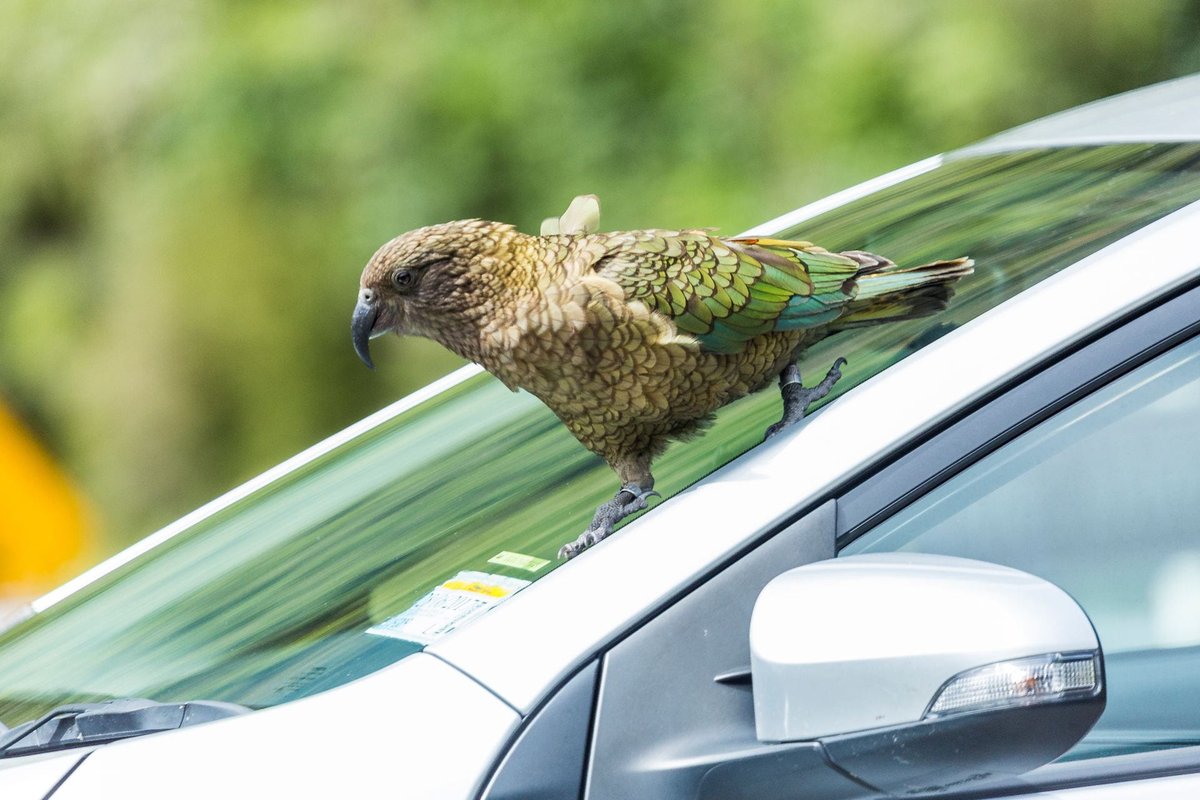










Keep Current with Amalia Bastos
This Thread may be Removed Anytime!
Twitter may remove this content at anytime, convert it as a PDF, save and print for later use!

1) Follow Thread Reader App on Twitter so you can easily mention us!
2) Go to a Twitter thread (series of Tweets by the same owner) and mention us with a keyword "unroll"
@threadreaderapp unroll
You can practice here first or read more on our help page!